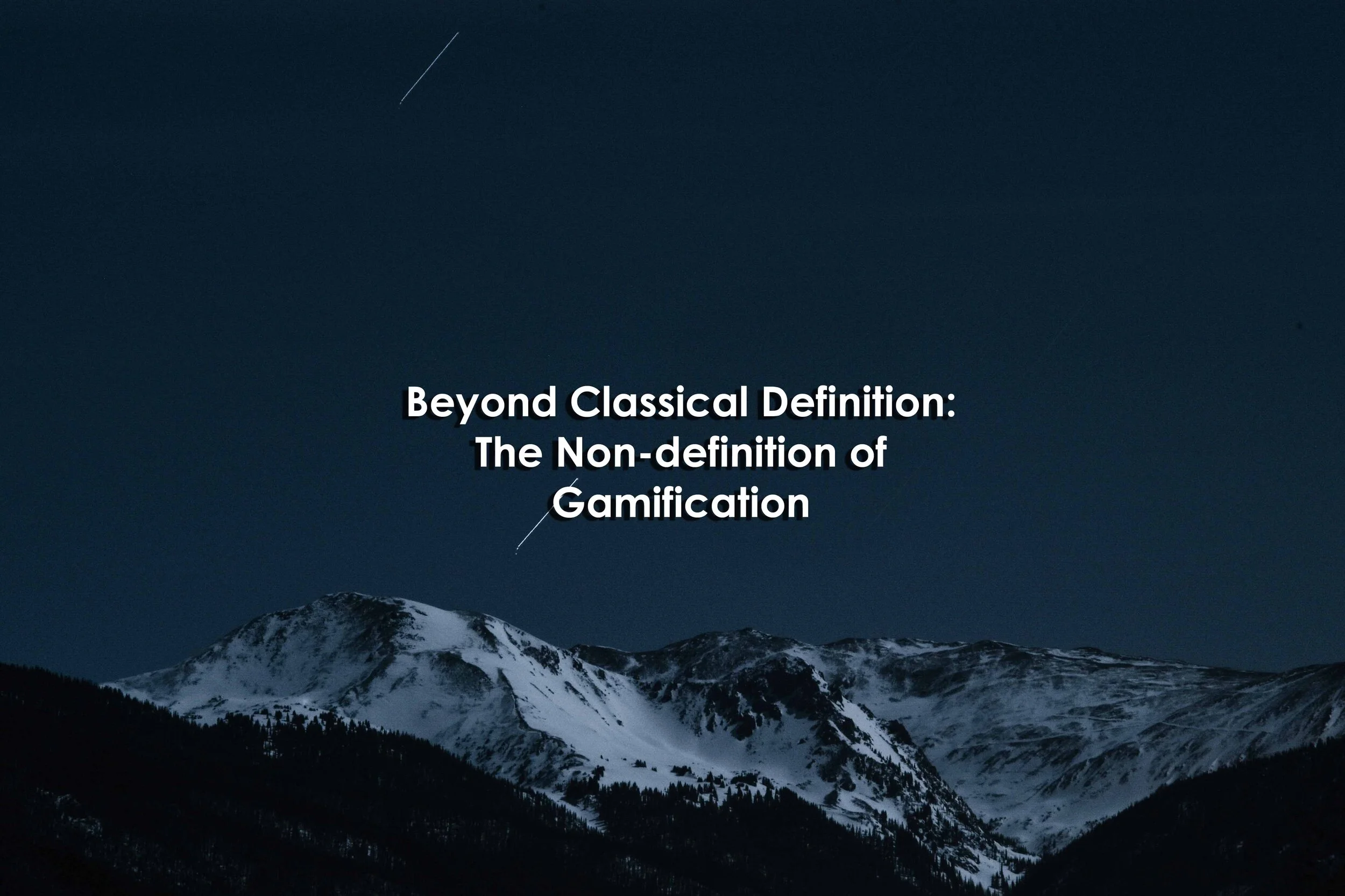Beyond Classical Definition: The Non-definition of Gamification
Beyond Classical Definition: The Non-definition of Gamification
Beyond Classical Definition: The Non-definition of Gamification
Mario S. Staller & Swen Koerner
Abstract
Gamification is regularly defined as the use of game elements in non-gaming contexts. However, discussions in the context of the pedagogical value of gamification suggest controversies on various levels. While on the one hand, the potential is seen in the design of joyful learning environments, critics point out the pedagogical dangers or the problems related to optimizing working life. It becomes apparent that the assumptions guiding action on the subject matter of gamification in educational contexts differ, which leads to different derivations for pedagogical practice—but also allows for different perspectives on initially controversial positions. Being aware of these assumptions is the claim of a reflexive pedagogy. With regard to the pedagogical use of gamifying elements and their empirical investigation, there are three main anchor points to consider from a reflexive stance: (a) the high context-specificity of the teaching undertaken and (b) the (non-)visibility of the design elements and (c) the (non-)acceptance of the gamified elements by the students. We start by providing a discussion of the definitional discourse on what is understood as gamification leading to our argument for a non-definition of gamification. We describe the potential of this non-definition of gamification and exemplify its use in a gamified concept of teaching police recruits professional reflexivity. The concept features the narrative of a potential crime that has been undertaken and that students decide for themselves if they want to engage with it”.
Reference
Staller, M. S., & Koerner, S. (2021). Beyond classical definition: The non-definition of gamification. SN Computer Science, 2(2), 1-7. https://link.springer.com/article/10.1007/s42979-021-00472-4
Keywords
Gamification, elements, engage

